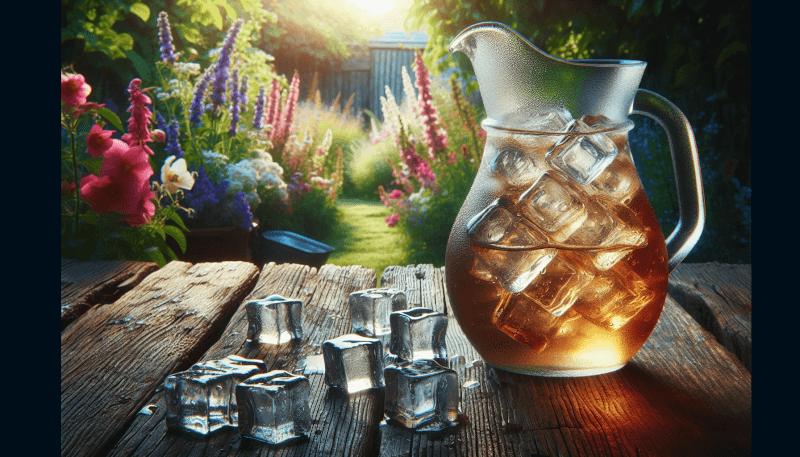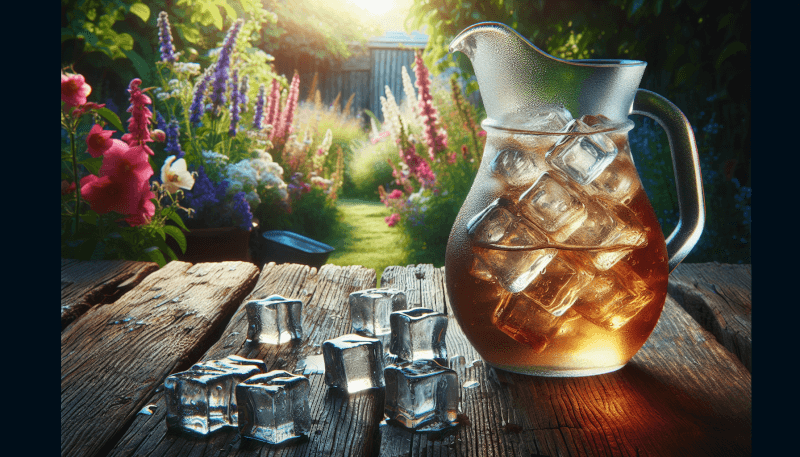Iced tea is a refreshing and delicious beverage that is perfect for hot summer days or anytime you need a cool and revitalizing drink. However, achieving the perfect balance of flavors and avoiding any bitterness can be a bit tricky. To help you elevate your iced tea game, here are some expert tips that will guide you in achieving the perfect brew every time.
Choosing the Right Tea
When it comes to iced tea, selecting the right tea leaves is crucial to achieving the perfect flavor profile. The type of tea you choose will greatly impact the taste of your final brew. You may opt for traditional black tea for a robust and bold flavor, or green tea for a light and refreshing taste. Herbal teas, such as chamomile or mint, are perfect for those seeking a caffeine-free option.
To ensure the best quality, look for loose tea leaves instead of tea bags. Loose tea leaves are typically of higher quality and offer a more authentic and robust flavor. Additionally, loose tea leaves allow the water to circulate more freely around the leaves, resulting in a better infusion. However, if convenience is a top priority, tea bags can still produce a decent iced tea. Ultimately, the choice between loose tea and tea bags comes down to personal preference and convenience.
Water Temperature and Quality
Water temperature plays a crucial role in the brewing process and greatly affects the taste of your iced tea. It is important to use the correct water temperature to extract the optimal flavors from the tea leaves. Different types of tea require different water temperatures for brewing.
Boiling water is suitable for black teas, oolong teas, and herbal teas, as these teas require higher temperatures to fully release their flavors. On the other hand, green teas and white teas are best brewed with slightly cooler water, around 170-180°F (77-82°C), to prevent the leaves from becoming bitter.
In addition to the temperature, it is essential to use high-quality water. Filtered water is ideal, as it eliminates any impurities and enhances the taste of the tea. Avoid using distilled water, as it lacks the minerals necessary for a well-rounded flavor. Remember, the quality of the water used directly affects the quality of your iced tea.
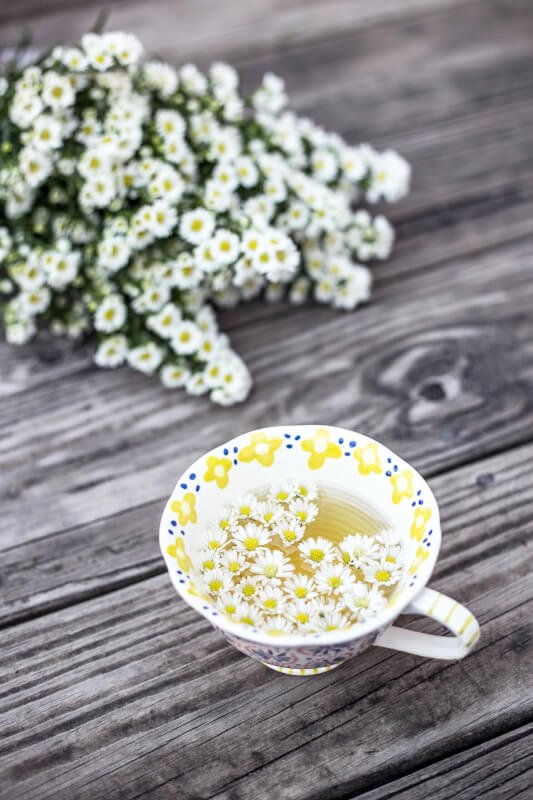
Tea Brewing Equipment
Investing in the right tea brewing equipment can greatly enhance your iced tea brewing experience. Choosing a suitable tea pot is essential, as it allows for the proper infusion of tea leaves. Opt for a pot made from a heat-resistant material such as glass or ceramic. These materials help retain heat and won’t transfer any unwanted flavors to your brew.
Tea infusers are another valuable tool when brewing loose tea leaves. These handy devices allow you to steep the tea leaves without having them float freely in the water. There are various types of infusers, such as ball infusers, basket infusers, or even reusable cloth bags. Choose the one that suits your preference and ensures a thorough extraction of flavors.
A perfect pitcher is the final piece of equipment you’ll need for your iced tea brewing adventures. Look for a pitcher that is resistant to thermal shock and has a tight-fitting lid. This will keep your tea fresh and prevent any spills or leaks. Clear glass pitchers are particularly appealing, as they allow you to showcase the vibrant color of your iced tea.
Proper Tea Measurements
Getting the tea-to-water ratio just right is crucial to achieving a perfectly balanced iced tea. Using too many tea leaves can result in an overpowering brew, while using too few may leave your tea weak and bland. Fortunately, there are measuring tools available to help you achieve the ideal ratio with ease.
Tea scoops or teaspoons are commonly used to measure loose tea leaves. A general guideline is to use one teaspoon of tea leaves per 8 ounces of water. However, it’s important to adapt this ratio based on personal preference. If you prefer a stronger brew, feel free to increase the amount of tea leaves. Conversely, if you enjoy a milder flavor, reduce the quantity of tea leaves accordingly.
Measuring cups or kitchen scales can also be used to measure the tea leaves accurately. This method provides a more precise measurement, especially if you are looking to experiment with different tea-to-water ratios. Remember, the key to finding the perfect tea measurement is experimentation and adjusting to your taste preferences.
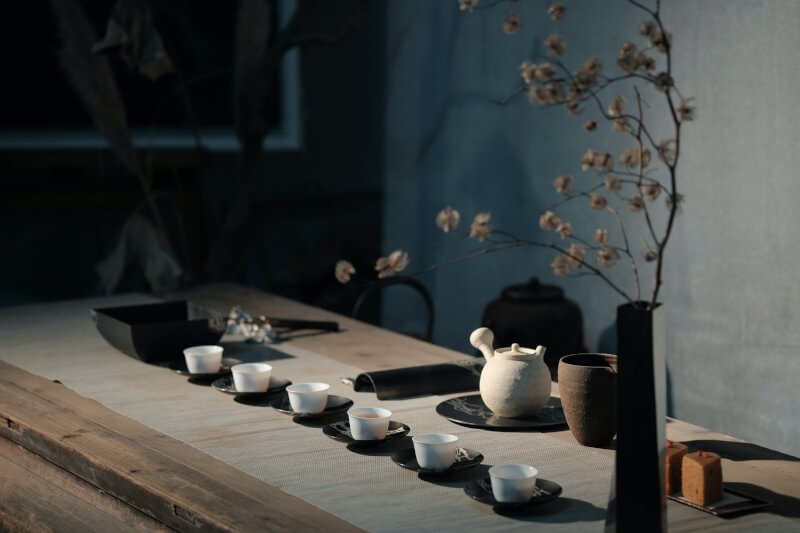
Brewing Methods and Techniques
There are several brewing methods and techniques to choose from when it comes to making iced tea. Each method offers its own unique flavor profile and brewing time. Experiment with different methods to find the one that suits your taste preferences the best.
The hot brew method is the most common approach to brewing iced tea. It involves steeping tea leaves in hot water and then cooling the brew down. This method allows for the fullest extraction of flavors and results in a well-rounded and robust iced tea.
On the other hand, the cold brew method offers a smoother and less bitter flavor profile. This method involves steeping tea leaves in cold water for an extended period, typically overnight. The slow infusion process creates a milder and naturally sweet iced tea, perfect for hot summer days.
If you are looking for a quick and easy method, the sun tea method may be your choice. This method involves placing tea bags or loose tea leaves in a container of water and allowing it to sit in the sun for a few hours. While this method may take longer, the gentle heat of the sun brings out the flavors of the tea in a unique way, resulting in a refreshing and subtly sweet iced tea.
Steeping Time and Temperature
Understanding the proper steeping time and temperature for different types of tea is essential to achieve the desired flavor in your iced tea. Steeping time refers to the amount of time the tea leaves are submerged in hot water, while steeping temperature refers to the water temperature used for brewing.
The steeping time can vary depending on the type of tea. Black teas typically require a longer steeping time of 3-5 minutes, while green teas are best steeped for 2-3 minutes. Herbal teas often require a longer steeping time to extract their flavors fully.
Adjusting the steeping time based on personal preference can greatly influence the strength and flavor of your iced tea. If you prefer a stronger brew, increase the steeping time by a minute or two. Conversely, if you prefer a milder taste, reduce the steeping time slightly.
The water temperature used for steeping also impacts the flavor of the tea. As mentioned earlier, black teas require boiling water, while green teas are brewed with slightly cooler water. By adjusting the water temperature, you can control the bitterness and astringency of your iced tea.
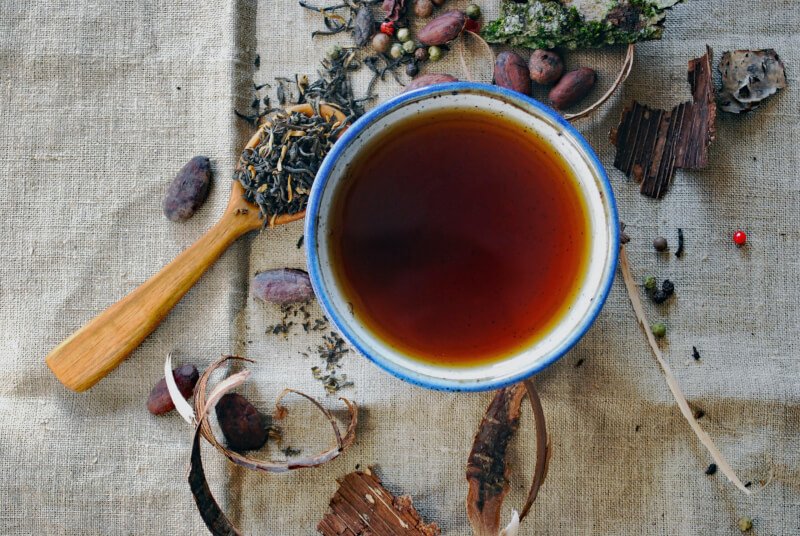
Sweetening and Flavoring Options
While some may prefer their iced tea plain, adding a touch of sweetness or flavor can take your brew to the next level. There are various options available for sweetening and flavoring your iced tea, allowing you to customize it to your liking.
Natural sweeteners, such as honey or agave syrup, are popular choices for adding sweetness to iced tea. These options provide a more natural and nuanced sweetness compared to refined sugar. Experiment with different sweeteners to find the one that enhances the flavors of your chosen tea blend.
For those looking for an extra burst of flavor, infusing your iced tea with fruits and herbs can be a delightful option. Fruits like lemons, oranges, berries, or even cucumber slices can add a refreshing twist to your brew. Herbs like mint, basil, or lavender can provide aromatic and unique flavor notes.
If you are feeling adventurous, flavored syrups can be a fun and convenient way to add unique flavors to your iced tea. Explore a wide range of syrups, such as vanilla, caramel, or even floral options, to create a truly exotic and personalized iced tea experience.
Proper Ice Preparation
Ice plays a crucial role in iced tea, as it not only chills the beverage but also dilutes it slightly to achieve the desired taste. However, not all ice is created equal. Taking a few additional steps to ensure the quality of your ice can make a significant difference in the taste of your iced tea.
Using filtered water to make ice is highly recommended. Just as using filtered water for brewing enhances the flavors, using it to make ice ensures that no impurities or unwanted flavors seep into your iced tea. This results in a cleaner and more refreshing cup of iced tea.
If you are looking to take your ice to the next level, consider making clear ice cubes. Clear ice not only looks visually appealing but also melts slowly, preventing your iced tea from becoming diluted too quickly. You can achieve clear ice by boiling water before freezing it or using special ice molds designed for clear ice production.
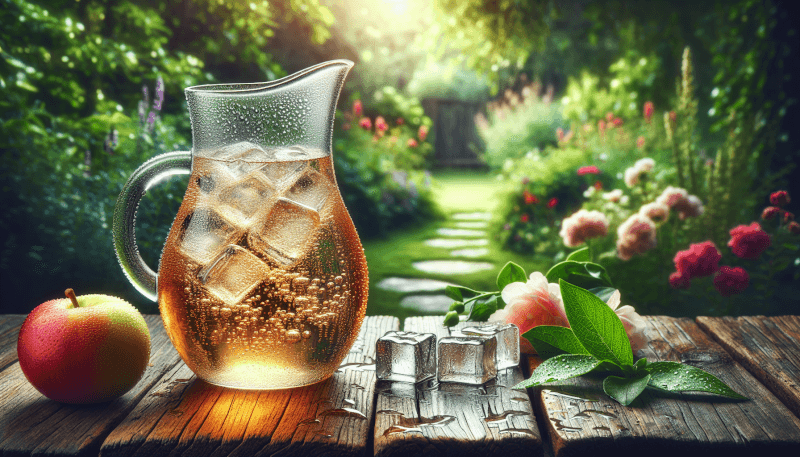
Garnishing and Presentation
Garnishing and presentation elevate the aesthetic appeal of your iced tea, making it even more enjoyable to drink. Choosing the right garnishes can enhance the flavors of your brew and add a touch of elegance to the overall presentation.
Herbs like mint sprigs or basil leaves are popular choices for garnishing iced tea. Not only do they look visually appealing, but they also provide a pleasant aroma when served. Sliced fruits, such as lemon wheels or strawberry slices, can add a pop of color and freshness to your glass. Edible flowers, like lavender or hibiscus petals, can add an element of sophistication to your iced tea presentation.
When it comes to presenting your iced tea, opt for glassware that showcases the vibrant color of the brew. Tall, clear glasses or glass pitchers are often used to serve iced tea, allowing the visual appeal to shine through. Consider adding colorful straws or decorative stirrers for a playful and inviting touch.
Storing and Serving Iced Tea
Properly storing and serving your iced tea is essential to maintain its freshness and prevent dilution. Follow these guidelines to ensure that your iced tea remains flavorful and enjoyable.
Store your brewed iced tea in airtight containers in the refrigerator to maintain its quality. Avoid storing it for extended periods, as the flavor can deteriorate over time. It is best to consume your iced tea within a few days of brewing for the best flavor experience.
When serving iced tea, make sure it is chilled to the appropriate temperature. Iced tea is best enjoyed when served cold, so keep it refrigerated until you are ready to serve. If needed, you can add ice cubes to individual glasses to keep the beverage cold and refreshing.
To avoid dilution during storage or when serving, consider using ice cubes made from the same tea blend as your iced tea. Simply brew a concentrated batch of tea, allow it to cool, and freeze it into ice cubes. This way, as the ice melts, it will only add more of the tea’s flavor to your glass, enhancing the taste rather than diluting it.
With these comprehensive tips and techniques, you are ready to embark on your journey of perfecting the art of iced tea brewing. Remember to experiment, have fun, and tailor the process to suit your personal taste preferences. Cheers to refreshing and delicious iced teas all year round!
